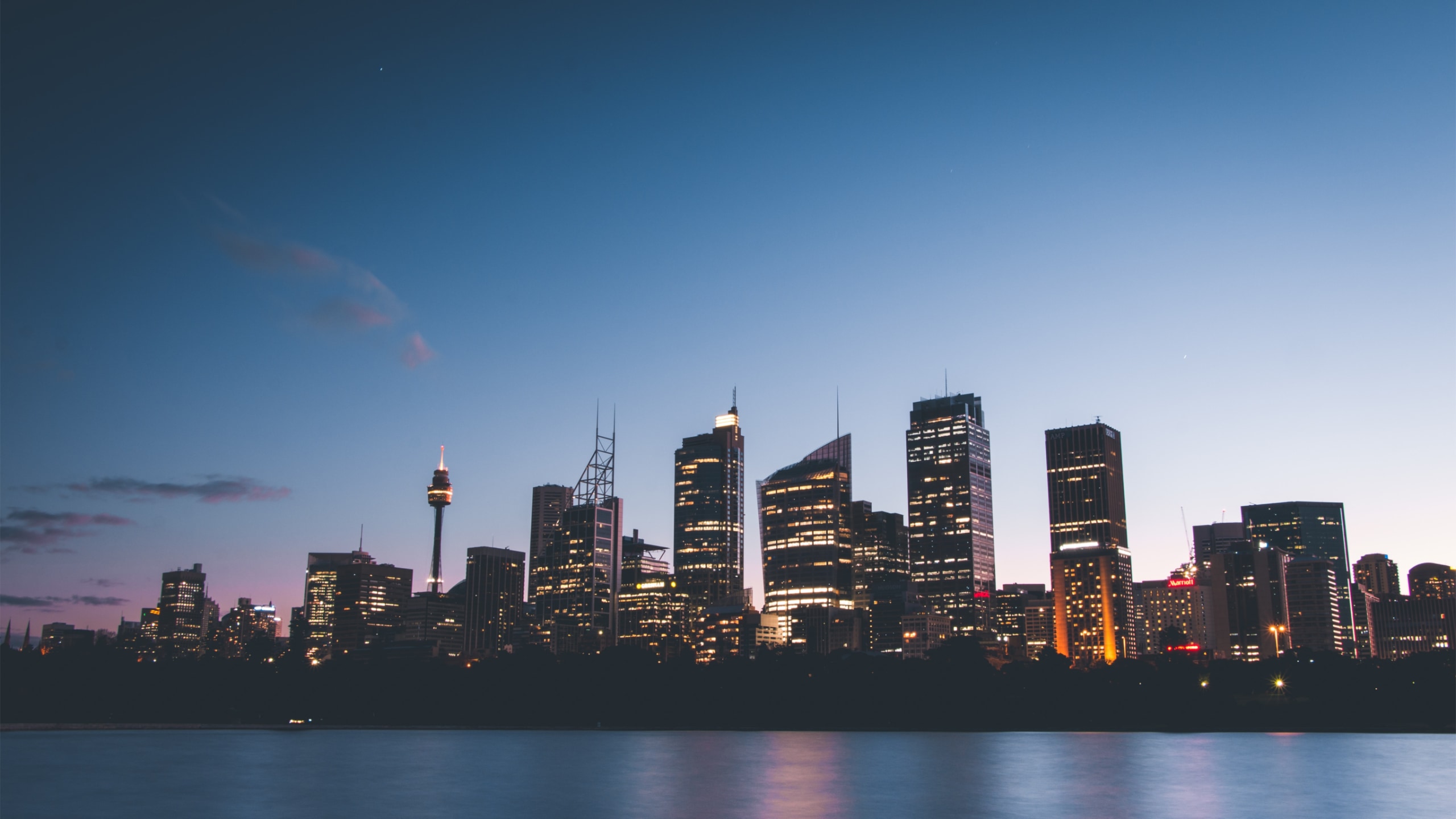
Empowering people to shape Australia’s infrastructure future
Australia and other developed Western societies prefer consumption of services to physical products. This trend is well established, however it has yet to run its full course.
In fact, infrastructure is only just starting on this transition, and while there is plenty of room for catch up, the consequences will be significant.
What customers (and communities) care about is not infrastructure itself, but the services which are delivered to them using that infrastructure; for example, roads that can guarantee certainty of travel time, water that is fit for purpose, ease of access to hospital care and energy that is environmentally responsible and affordable.
Shifting the mindset to the individual and further empowering them to shape the infrastructure system is a critically important objective for the development of our societies. Without it, we can expect more waste and poor allocation of resources to infrastructure that is either sub-optimal or irrelevant.
The upshot is that the community and customer expectations are on the rise, and so too is the need for the static physical assets of infrastructure that will need to evolve into dynamic service centres to cater for the plethora of preferences in our societies.
Unfortunately, governments are still finding their feet when it comes to infrastructure services and customers.
Creating incentives to do more with the existing infrastructure is key, especially where new investment can enhance old assets to meet new needs. Not only is this more responsible in terms of budgetary and environmental terms, it also has the potential to unleash innovations that are sorely lacking in infrastructure.
Australia’s population continues to grow rapidly, not only in size but also in the complexity of living patterns and shifts in its demographics with ageing. In fact, the nation has a population growth more akin to a developing nation – approximately three times that of China.
The distinguishing feature of our modern societies – both in Australia and abroad – is that we are more educated, connected and informed than previous generations.
Higher incomes and escalating expectations for infrastructure services together is making the infrastructure planning, project delivery and its operation much more demanding, complex and sensitive.
Planning infrastructure for the future will need the design to be flexible enough that it can provide for not only additional capacity, but also the ability to break down traditional concepts of aggregate demand into more refined service outcomes for a variety of customer groups. It will also need to have greater service capacity per unit of physical infrastructure.
In fact, infrastructure is evolving from being ubiquitous to personal. This is consistent with other sectors of the economy where the consumer is seeking more services, rather than the basic consumption of a physical product.
For example, airports are no longer solely places for aeronautical movements and have evolved, with extensive landside services such as shopping, parking and office and technology parks. Energy and water customers are demanding much more than basic necessities, such as stronger environmental standards and services that reduce carbon emissions. Even roads are gradually becoming more sensitive to time management, and arrival time certainty, particularly those that connect with airports and CBDs.
What has been achieved so far from more demanding customers is just the tip of the iceberg.
Technology is shifting the balance of power to people to get what they need and want. Those at risk are the big and centralised systems that we know well in energy, transport and water. In their place will be more distributed networks where peer to peer trading could be a more dominant form of infrastructure access.
Infrastructure is already on the cusp of a pivotal moment. Uber and other ride-sharing schemes have challenged the status quo in every respect of mobility, providing on-demand point-to-point transport with a service level that customers appear to strongly endorse.
A recent Newgate Communications survey commissioned by the Better Infrastructure Initiative points to Uber taking poll position in customer perceptions for their services, citing transparency and the certainty the app offers to its customers. This contrasts dramatically with both tolled and regular arterial roads as bearing the ‘wooden spoon’ of infrastructure when it comes to customer perceptions.
The population of Australia is expected to grow dramatically, and every decade for the next century we can expect to build the equivalent of a new Melbourne.
Sizing up the enormity of that task is important to use the resources needed prudently and with plenty of innovation.
The primary and immediate challenge is translating the massive infrastructure spending in Australia into tangible and enduring outcomes relevant to the community and customers. This is happening too slowly or not at all.
Fixing this is proving to be the biggest challenge for infrastructure.
This can be more easily overcome when communities and infrastructure customers demand change and hold policymakers to account for delivering the right service outcomes and not just for building something new.
For more information, read ‘Shifting Australia’s infrastructure mindset’.
This article was originally published within The University of Sydney Business School’s Magazine, Sydney Business Connect (p26, April 2017 edition). Read the original article.
Image: Daniel Chen
Garry is an active contributor to the debate on infrastructure governance and investment in Australia and globally. He is uniquely placed to challenge and shape the current and future agenda for cities, regional development and the role of government and the private sector in the provision of infrastructure services.
Share
We believe in open and honest access to knowledge. We use a Creative Commons Attribution NoDerivatives licence for our articles and podcasts, so you can republish them for free, online or in print.







